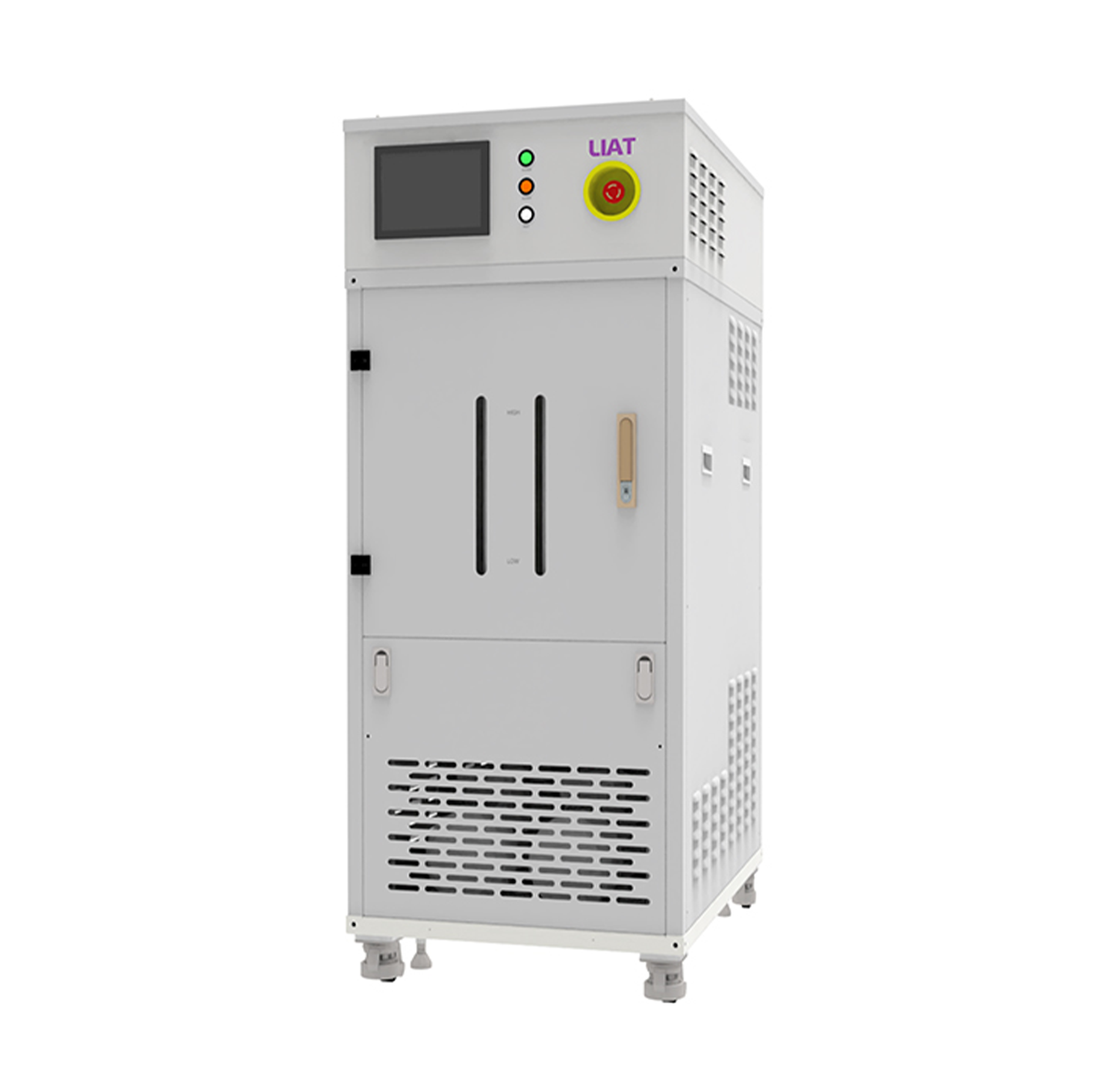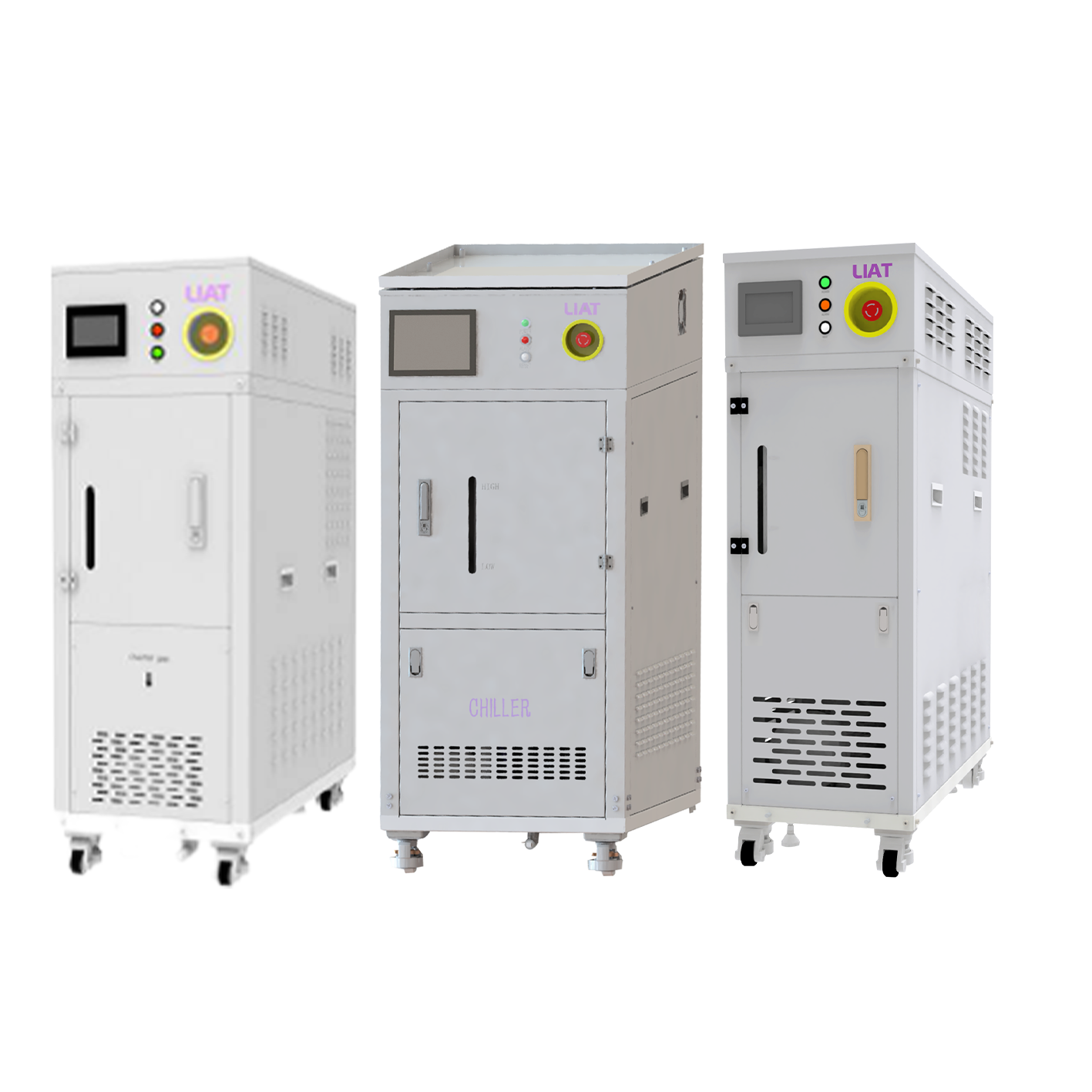In industrial cooling, chillers are essential for keeping equipment and processes at stable temperatures. Liatem, a professional manufacturer and supplier, offers highly sophisticated cooling solutions which also include dual channel chillers. While standard chillers are “good enough” for basic cooling requirements, dual channel chillers are designed for more complicated scenarios. In this piece, we will discuss how Liatem’s dual channel chillers focuses on qualities that differentiate them from standard chillers to offer better multitasking features for more varied industrial needs.
A dual channel chiller’s ability to independently control cooling temperatures for various systems is what separates them from the more basic units. In the case of a standard chiller, the output temperature is fixed meaning only one system or process can be cooled. In this case, dual channel chillers as designed by Liatem are equipped with two cooling circuits and can control temperatures of two different systems at the same time. For instance, during plastic manufacturing, one channel can cool an injection molding machine down to 15°C and the other can maintain 25°C for an extrusion line.

With independent control, the buyer no longer needs to buy two standard chillers, allowing for additional space savings and cost reduction. Liatem also added advanced temperature sensors in both channels which provides every system with the necessary accurate and stable cooling. This is key to processes with tight temperature control requirements.
Cooling two systems in standard applications is less efficient compared to Liatem's dual channel chillers. Standard "one size fits all chillers" tend to operate at full capacity even when cooling a single low-load system, which results in a wastage of energy. Liatem dual channel chillers, on the other hand, customize the cooling output for each channel to meet the actual load requirements of the connected system. For example, in a dual channel system, when one channel connected equipment is running at a 50% load, the unit will reduce the cooling output of that channel while the other channel will still meets the target. This mode of operation is referred to as variable capacity operation, which is a cost saving measure since it will significantly reduce energy use. Liatem dual channel chillers also have advanced design features such as heat exchanges and compressors to boost energy efficiency.
A Liatem dual channel chiller saves up to 30% more energy than two separate standard chillers when cooling two systems with different loads. This makes it more energy efficient and sustainable for industrial customers.
Generally, industrial standard chillers are manufactured for a specific cooling application and, therefore, tend to have a more limited scope of use in other applications. The Liatem dual channel chiller, however, is used in a wide range of industrial applications and for versatile configurations. Each of the two cooling channels can be tailored to meet different requirements of the equipment to be chilled in regards to flow rate, temperature, and even the type of fluid. For instance, in a laser processing unit, one of the dual channel chiller's cooling channels can chill a high power laser with deionized water while the other channel can use regular cooling water to cool a laser controller. Liatem also offers interfacing features for industrial equipment, such as flow control and fluid connection pairs for dual channel chillers. This design allows the dual channel chiller to address the limitations of standard chillers. The dual channel chillers offer universality while standard chillers offer rigidity.

In certain industries such as semiconductor manufacturing and pharmaceutical production where operations and facilities are expensive to run, ensuring reliability and avoiding downtime become critical. Compared to standard chillers, a dual channel chiller comes with additional built-in redundancy. If one channel of a dual channel chiller has a minor problem like a clogged filter or a sensor issue, the other channel will keep operating and cooling at least one of the critical systems. All Liatem dual channel chillers come with fault detection systems that monitor the sensor performance of each channel in real time. If a problem arises, the chiller will go into alarm mode and automatically adjust operations, like increasing the capacity of the Working channel, to the most operationally efficient state to minimize the impact. This is in contrast to a standard chiller where failure of any one component would result in the entire cooling system being shut down. The built redundancy features of dual channel chillers make them a reliable option for continuous operations in any industry, significantly lowering the chances of expensive downtime.
Space is often limited in industrial facilities, and the size of the equipment is an important factor when choosing cooling equipment.
Liatem’s dual channel chiller has a more compact design than when two separate standard chillers are used. The dual channel chiller has two cooling circuits integrated into to the equipment, which takes up 40% less space than two standard chillers. For instance, a Liatem dual channel chiller with a cooling capacity of 100kW requires only 1.5 square meters, where as two standard 50kW chillers take up around 2.5 square meters of space. Such a space saving design is crucial for small to medium sized facilities or production lines. Installing and maintaining the dual channel chiller is also made easier with its compact design, as all parts are contained within the unit. There is no need to coordinate two separate systems, which lessens the overall cooling setup and system complexity certainly saves on space. There is no need to coordinate two separate systems, which lessens overall cooling setup complexity.
Intelligent and automated equipment comes in handy to be used in modern industrial operations. For example, support for more sophisticated integrated smart controls comes standard on a Liatem dual channel chiller.
Compared to basic, older chillers and their limited manual controls, the dual-channel chillers feature more sophisticated touchscreen control systems. Each chiller has control systems that can monitor both of the cooling channels simultaneously or independently. Control systems maintain, monitor, and report real time temperature, pressure, and flow metrics. Operational control systems can automatically report performance outliers, abnormal conditions, or potential failures and aid in pre-emptive maintenance planning and programming. Basic chillers record and provide no historical data, but dual-channel chillers can track their operation over time for easier maintenance. Liatem dual-channel chillers can be controlled and monitored from anywhere in the facility using a mobile app and central control system. This feature, not available in older standard chillers, smart increases operational efficiency and on-site monitoring.